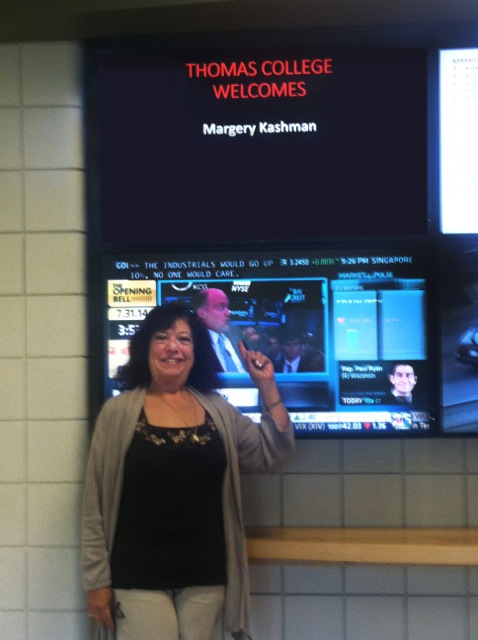Over the past three years, I have visited approximately 60 colleges, universities and community colleges. From Berkeley in California to Berklee in Massachusetts, from Florida Atlantic University in Boca Raton to Colby College in Waterville, Maine, I have learned a great deal about what information can be gleaned from a college visit. I have walked on snowy campus paths at U Penn and Haverford on a freezing February day and the beautifully landscaped grounds of Lynn University in Boca Raton in April. I have been awed by schools like G.W. and NYU, whose grounds are city streets, and by beautiful buildings and campuses at Georgetown, the University of Maryland, and MIT.
I have taken tours led by trained student guides as well as by my own former students who gave up their time willingly to show me around their “home.” I have attended high tech information sessions and have interviewed students in cafes. And I have been welcomed warmly by admissions officers who were willing and eager to take time out of their hectic schedules to give me the opportunity to ask questions and to develop an understanding of the admissions process from their perspective. In one school, two admissions officers spent almost an hour chatting with me about the school, its academic and co-curricular offerings, and dorms, answering every question thoroughly and candidly. One school even had my name listed on their electronic message board, welcoming me to the college. Only once did I feel unwelcome, at a college that never answered my email queries; when I arrived at the admissions office, I was met with the chilly explanation that the school “did not deal with private counselors.”
I spent a good deal of time driving and walking around campuses, collecting maps, literature and student newspapers. I spent a half hour with the head of the food service at one large university and with an admissions officer at a small school. Talking to students in the library at Tufts and having lunch with a junior at Swarthmore gave me invaluable information and a sense of the value of paying a preliminary visit to the schools that until recently had come alive only on websites and pages of guidebooks.
What a learning experience! Yes, you can develop a basic feeling about a school through its website and its virtual tours, and you can read all kinds of wonderful and detailed guidebooks about the schools in which you are interested. But when you drive onto a campus, meet students and professors, pick up the school newspaper, and talk to the folks in the bookstore, the student union, the cafeteria, and the pool, you get a clear sense of whether this is a place at which you might ultimately be happy.
I believe that the experience of visiting schools before you decide to apply should start as early as your sophomore year of high school. You can learn the value of taking photos of the buildings and grounds. You can learn early about the admissions process and the perspective of the admissions officers as well as their hopes for what they will be able to learn from your essays and your recommendations. You may discover that a school’s vision of community is exactly what you want…or exactly the opposite. You may find that the opportunities for internships and travel are exceptional, the living arrangements are outstanding, and the club offerings are endless. Or you may find that the major of your dreams is not offered at the school that you thought might be your ED opportunity, or that your ACT scores may be too low to be considered for admission. And that’s ok, too. It’s just as important to learn that a school is not for you as it is to find gems of schools that you hadn’t previously considered.
So in spite of the fact that one of the dozens of schools that I visited was less than cordial – actually, because of that – I plan to continue crisscrossing the country on my admissions journeys, knowing that I have learned a great deal more about the process of admissions – something that I hope to pass on to my clients over the course of the years to come.




